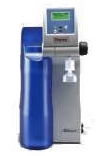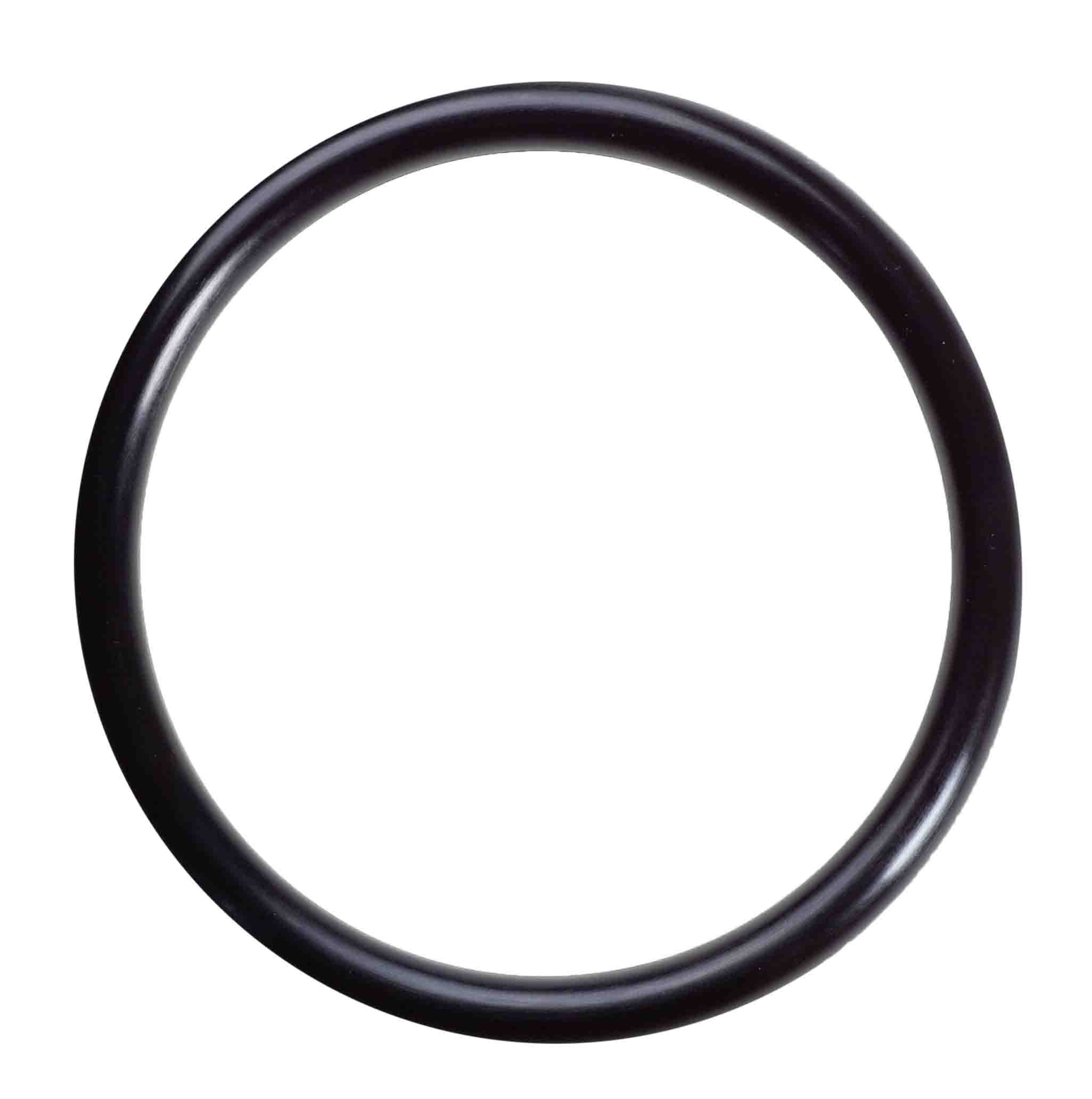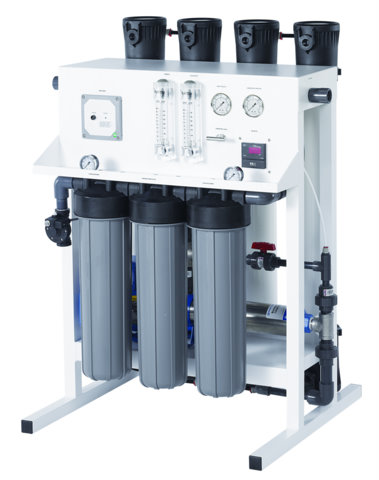|
Celebrating 34 years providing high quality products and advice.
|
| Our Local Time Is 2:57:23 AM. |
| Call us at 818-786-0600. We are here to help! |
Common Water Impurities For Laboratory Testing
Also See :
Laboratory Water Specifications
Lab Water Purification Technologies
Suspended Particles
Sand, silt, clay and other suspended particles cause water to be turbid. They are measured with a turbidity meter which passes a beam of light through water and measures the mount of light scattered by the suspended particles. Suspended particles can plug valves and foul reverse osmosis membranes. They are typically removed by filters with pore sizes of 1 to 20 microns.
Colloids
Colloidal particles range in size from 0.01 - 1.0 micron and can be either organic or inorganic. They are quantified by measuring the rate that water blocks a submicron filter. Colloids foul reverse osmosis membranes and lower resistivity in deionized water systems. They are removed or reduced by macroreticular anion exchange resin, ultrafiltration, reverse osmosis, and distillation.
Dissolved Inorganic Solids
Silicates, chlorides, fluorides, bicarbonates, sulfates, phosphates, nitrates and ferrous compounds are present as cations (positively charge ions) and anions (negatively charged ions). They are measured with a conductivity / resistivity meter which transmits an electrical current between two electrodes. Water with higher concentrations of ions conducts electricity more easily than water with lower concentrations of ions. Ions affect the results of inorganic analysis such as IC, AAS, ICP/MS, and may retard cell and tissue growth in biological research. They are removed by cation and anion exchange resins or distillation, and reduced by up to 98% by reverse osmosis.
Dissolved Organics
Organic solids are present from plant and animal decay and from human activity. They may include proteins, alcohols, chloramines, and residues of pesticides, herbicides and detergents. Their presence is indicated by the potassium permanganate color retention test and measured by a Total Organic Carbon Analyzer. They foul ion exchange resins, interfere with organic analyses including HPLC, gas chromatography and fluoroscopy, and hinder electrophoresis, tissue and cell culture. Dissolved organics may be removed by activated carbon, macroreticular resin, reverse osmosis and ultrafiltration, and oxidized by ultraviolet light.
Dissolved Gases
CO2 dissolves in water to form weakly acidic carbonic acid (H2CO3). This gas can be measured with a conductivity/resistivity meter. CO2 is only removed by strong base anion exchange resins. Oxygen is the most common non-ionized gas and is monitored with oxygen sensing electrodes. Oxygen may cause corrosion of metal surfaces and is removed by anion exchange resins in the sulfide form.
Microorganisms
Bacteria, fungi and algae are found in most surface waters. Bacteria are measured by culturing a sample and counting the colony forming units per milliliter (CFU/ml). City water treatment facilities commonly add chlorine to kill microorganisms. This chlorine is removed in the first step of most water purification systems which allows bacteria to multiply in the system. Distillation effectively kills microorganisms, reverse osmosis removes them and UV light can control their growth. All ultrapure water systems must have a 0.2 micron or smaller absolute filter on the outlet to prevent bacteria from contaminating the ultrapure product water. In addition, all water pathways in the system should be regularly sanitized.
Pyrogens and Viruses
Pyrogens or bacterial endotoxins are lippopolysaccaride molecules attached to cell membranes of gram negative bacteria. Viruses are considered to be non-living nucleic acids. Pyrogens are detected by injecting a sample into test rabbits and monitoring their body temperature rise, or measured with the more sensitive LAL (Limulus Amoebocyte Lysate) test. Pyrogens cause fever when injected into mammals and hinder cell and tissue growth on culture. Pyrogens and viruses can be removed or reduced by distillation, ultrafiltration, reverse osmosis, and carbon adsorption.
Nucleases & DNA
RNase and DNase are naturally occurring enzymes that are instrumental in regulating bodily functions. DNA is the building block of life itself. As important as these are to the life process, they can be devastating to life science applications. If these contaminants are present in the pure water used, the ability to amplify DNA molecules will be severely limited. They can be removed by a combination of adsorption, ultrafiltration and ultraviolet oxidation.

Source - Barnstead Basic Water
|
Images are representative of the products. Images may or may not be of the actual product. If it is important e-mail us for an actual image if available.
* Flat Rate UPS shipping when able to ship via UPS and is in the USA excluding Hawaii and Alaska.
Larger Items may not be able to ship via UPS, in that case freight charges will be quoted seperately.
International shipping will be quoted after the order is placed. You will have the opportunity to cancel before we finalize your order.
Terms and conditions
Credit Application
Privacy
Policy
List All Products
|












